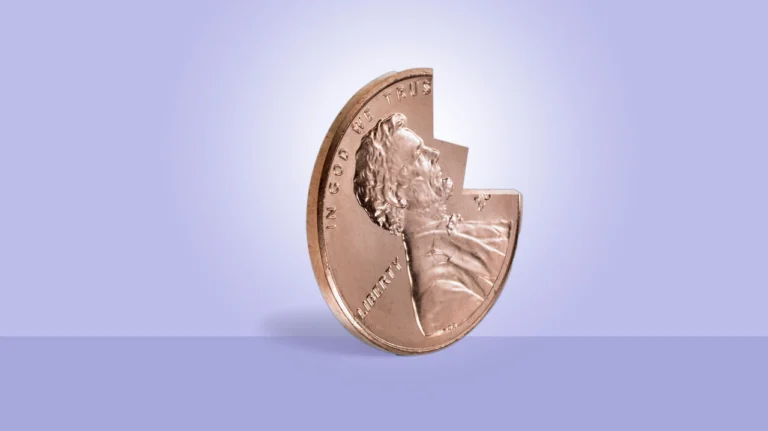How is interest from a high-yield savings account taxed?
Interest on a high-yield savings account — like interest from certificates of deposit (CDs) or money market accounts — is usually taxed at your ordinary income rate for the year it’s earned. You normally pay federal and state taxes on interest earned from a HYSA.
Tax classification of interest income
Interest income is generally considered ordinary income and taxed at your marginal tax rate. This is different from the way investment income is taxed. Gains from investments are divided into long-term and short-term. Long-term capital gains are usually taxed at a lower rate. Short-term gains are generally taxed at your regular rate.
If you earn qualified dividends on your investment holdings, you might also receive a lower tax rate on those earnings.
Interest income is paid on your cash account, and it doesn’t matter how long it’s been sitting in a HYSA. You still need to report it as regular income when you complete your tax return.
Federal vs. state taxes on savings interest
If your state levies income taxes, you probably need to pay taxes on income earned from a savings account.
The federal government has its tax return for you to fill out, and your state might also have tax paperwork. Not every state requires you to pay income taxes, though. So, if you live in a state without income tax, you don’t need to pay taxes on your HSYA interest earnings, although you still need to pay your federal taxes.
Tax brackets and impact on interest earnings
Your interest income is treated as ordinary income on your tax return. It is combined with your other income sources, like wages and tips, and the total is used to determine your tax bracket, which affects the tax rate applied to your income.
For example, if you made $47,000 from your job in 2024 and didn’t have any other taxable income, you’d be in the 12% tax bracket. However, let’s say you have an emergency fund of $20,000, and you earn 3.70% APY compounded daily. That amounts to $753.82 in interest during the year. Add that to your wage income and now you’ve earned $47,752.82 — and are in the 22% tax bracket.
However, you won’t pay 22% on your entire income. The marginal tax bracket system means that you only pay the highest amount on the income you have beyond the threshold. You move into the 22% tax bracket when you make more than $47,150, paying 22% on $603.82 of that interest earned. The rest of your income is taxed at a lower rate.
How to report savings account interest on your tax return
Reporting your savings account interest on your tax return is relatively straightforward. Any institution where you have a savings account sends a record of how much interest you earned and you enter it on your 1040 form.
What is a 1099-INT form?
Banks and other financial institutions send you a 1099-INT form to let you know how much interest you earned by having an account with them. Interest earned is shown in box 1. A bank or other financial institution only needs to send you a 1099-INT if you earned at least $10 in interest for the year. However, even if you don’t earn $10 in interest, you’re still expected to report it on your own.
If you have multiple 1099-INT forms, add all the interest reported for entry on the 1040 form.
Where to enter interest income on your tax return
Taxable interest is entered on form 1040, line 2b. This is part of the section labeled “Income” on the main page of your tax return. All of the interest from all of your 1099-INT forms should be added up and entered on line 2b.
Next, add that interest to your other income to get a total income number on line 9.
What happens if you don’t report savings interest?
If you don’t report savings interest, you could face penalties for unpaid taxes. You also might be subject to a backup withholding, where the IRS requires some of your earnings to be withheld to cover potential tax liabilities.
How much tax will I pay on my high-yield savings account?
Determining how much tax you will pay on your HYSA depends on your income and how much interest you earned.
How tax rates vary based on income level
We have a marginal tax system. Your income level determines the rate at which the last dollar you earned is taxed. It’s important to understand that your tax bracket doesn’t represent how much you’re taxed on your total income.
Here are the tax brackets for 2025:
